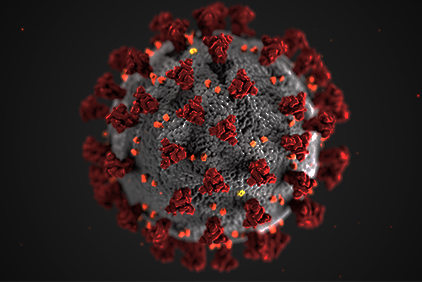The fallout from the COVID-19 health and economic disasters has spurred, quite justifiably, a significant amount of attention from philanthropists seeking to support a rapid and meaningful crisis response.
Governments and businesses can only do so much. Philanthropy will fill a vital gap in the coming months, helping to funnel both financial and technical support to in-need communities with greater agility than many social safety net systems. From the “Call to Action” pledge hosted by the Council on Foundations to the common sense pivots advocated by long-time philanthropy watcher Vu Le (“Just give money!”), the short-term actions are relatively straightforward: give money, be flexible and accommodating, and prioritize operating support to charities over programmatic grants. We agree entirely.
But the crisis offers the strategic philanthropist an incredibly unique opportunity to assess the longer-term strengths and weaknesses of nonprofits as well. Philanthropy is ordinarily a less-than-optimally-functioning “industry” from a supply and demand perspective. Instead of market forces channeling feedback from the communities served by nonprofits to dictate which organizations thrive and which die, that feedback loop is interrupted by donors acting as decision makers around funding flows. The actual “consumers” of a nonprofit’s services (e.g. communities and beneficiaries) are structurally cut out of most resource allocation decisions. In short, our feedback loops are broken (for the best work around repairing those feedback loops in philanthropy, check out the terrific work from Feedback Labs).
Macro crises such as the COVID-19 outbreak create a sort of natural experiment in philanthropy where charities are put under far more acute “market” pressures than they are ordinarily used to. As such, these moments offer a rare opportunity for donors to take stock of which charities and non-profits are built to last with the potential for measurable impact. While the human costs of disasters such as COVID-19 are absolutely real (and massive) and beg for immediate responses, taking advantage of this natural “stress test” in parallel is an equally important task for strategic donors.
Here are some key non-profit behaviors to monitor in the coming months:
Eye on the ball or eye on the (new) funding?
Crises like COVID-19 stimulate major short-term resource mobilization around a new issue (in this case, pandemics). This triggers a “gold rush” effect where non-profits will flock to the issue due to the potential for new funding. Some organizations will absolutely have something important to offer while others will not.
Mission-driven charities with a genuine commitment to their domain and issues do not get distracted by the hot new issue and will stick to their knitting. We recommend donors reach out to their nonprofit partners to reassure them that their current work is still very much important—and in some cases, even more so. Education for children, domestic abuse, mental health—while these and other issues may not be top of mind, they are just as urgent in this climate.
For grantees that argue that their program is essential for a COVID-19 response, dig deep to understand how they connect the dots to their theory of change and core competencies. If their response and thinking seems rushed or weak, that should set off alarm bells for existing and prospective donors.
Steady leadership during crisis.
Whether a charity works in public health or not, most leadership teams are currently navigating an operating environment described as anything from “nervous” to “dumpster fire.” Any non-profit leader arguing that the COVID-19 response doesn’t present a potential risk to their viability is deluding themselves. But an equally important response for donors to monitor is when leaders overreact to crises in the early days.
With COVID-19, we’re in such early days that it’s difficult for anyone to accurately assess whether this is a multi-month or multi-year disruption. Leaders rushing to trigger “end of days” scenarios and plans may lack the temperament to steer their organizations effectively through turbulent times. Ramping up board engagement and/or executive coaching may be the most important and strategic investment a donor can make right now for many groups.
Non-profits don’t matter; social change does.
An important truism to revisit during times of crisis is that strategic philanthropists are interested in social change, not in creating or sustaining charitable organizations per se. Non-profits and mission-driven organizations are absolutely vital to accomplishing social change…but they are means to an end, not the end itself.
With not a small amount of hue and cry in the air these days around philanthropists’ obligation to “save” nonprofits, the strategic donor should instead explore how to leverage the crisis to catalyze mergers and acquisitions between like-minded charities. As a sector we are terrible at this, largely due (again) to misaligned incentives and a lack of market forces that would ordinarily make M&A a more logical choice for growth and impact. This crisis will force non-profits to consider merging as a means of survival, and donors should absolutely support those efforts (even if involves long-time partners and grantees) rather than reify a particular organization’s independence or brand.
Philanthropists will be called upon in many ways in the weeks, months, and years ahead as we respond to and recover from the COVID-19 crisis. In the midst of the heart-wrenching work of immediate relief is a unique opportunity to strengthen the social sector to better respond to the next crisis. The strategic donor that can juggle those twin responsibilities in tandem is the one to emulate.

